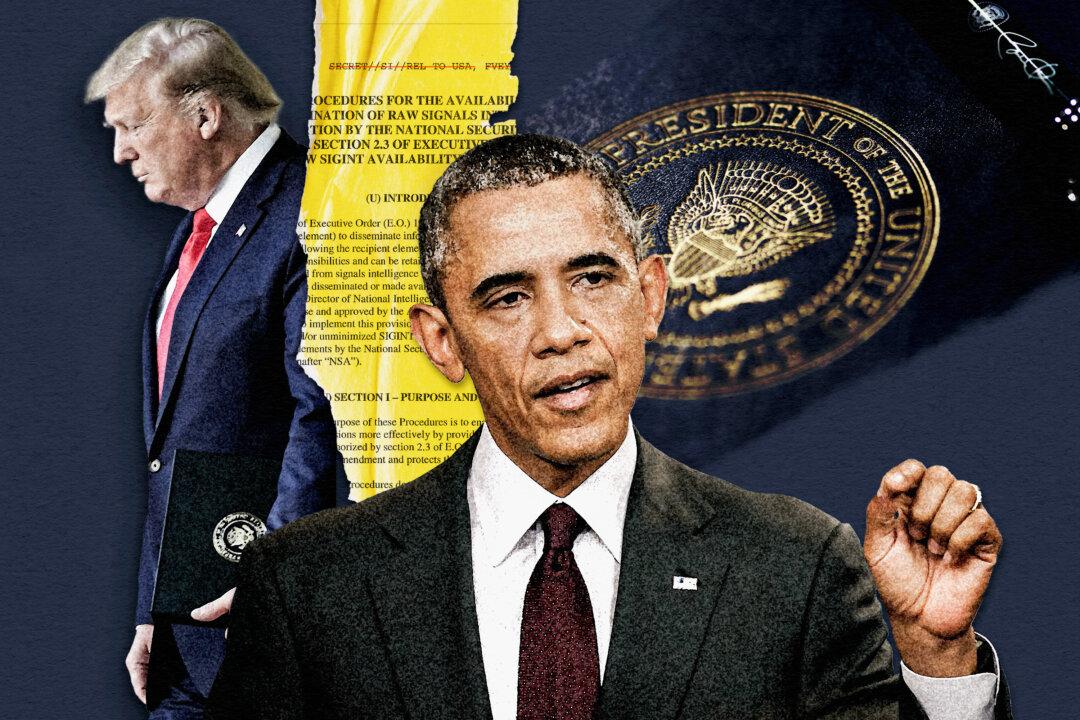Commentary
In the wake of two recent mass shootings, calls for the enactment of red flag laws have risen exponentially. It’s perfectly understandable that so many want to do something, anything, to help prevent future tragedies such as the ones that took place in El Paso and Dayton.





